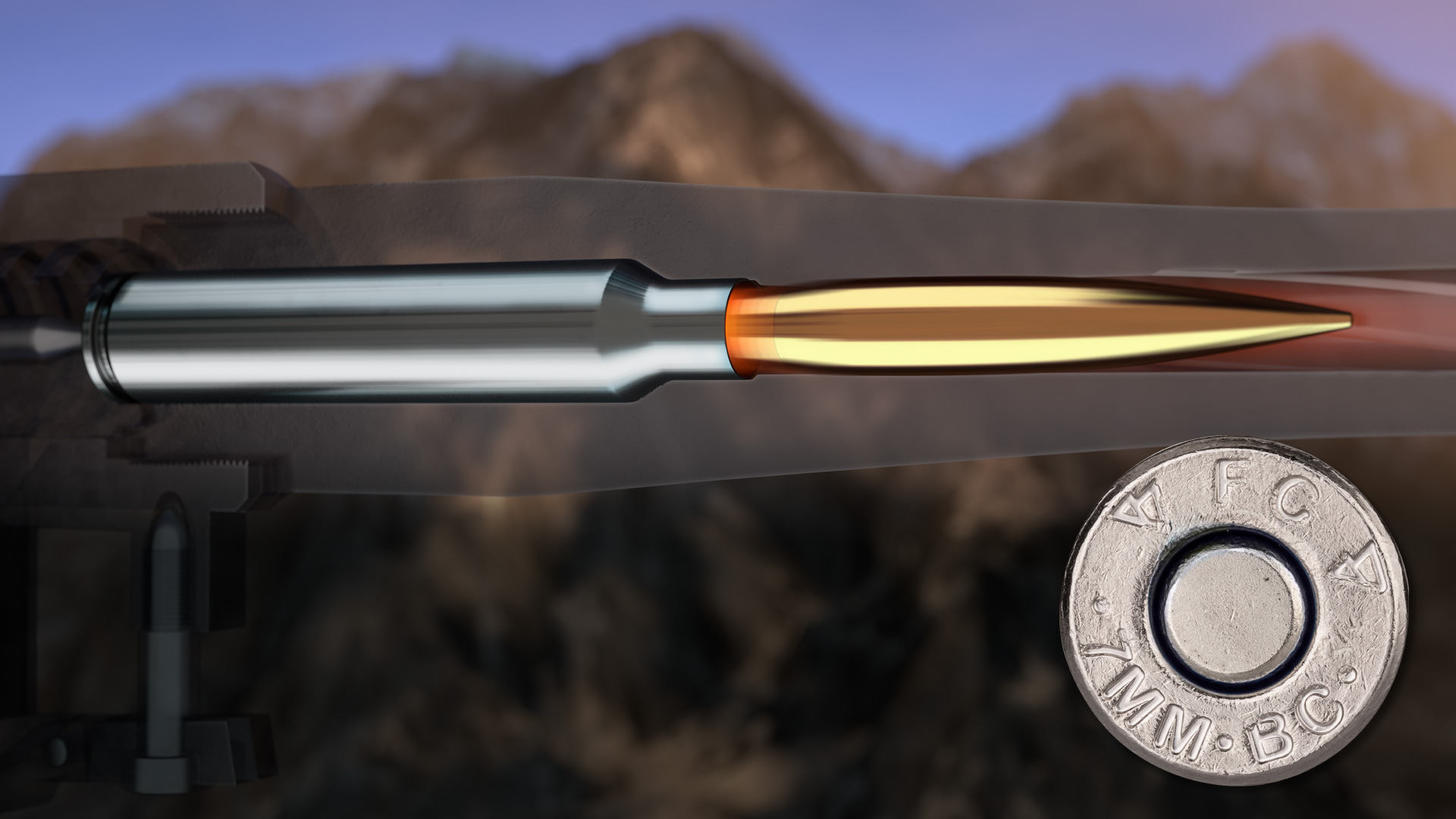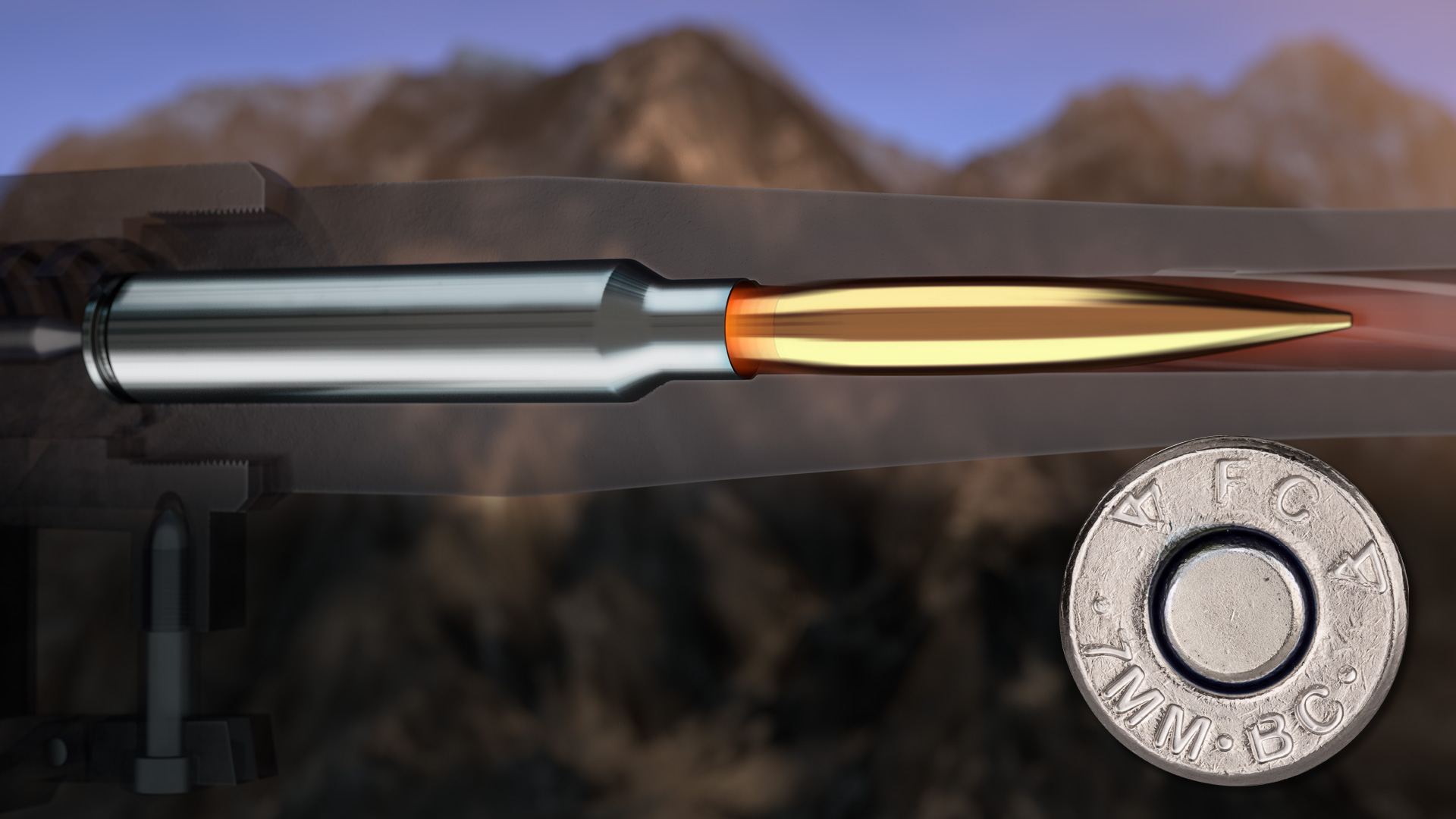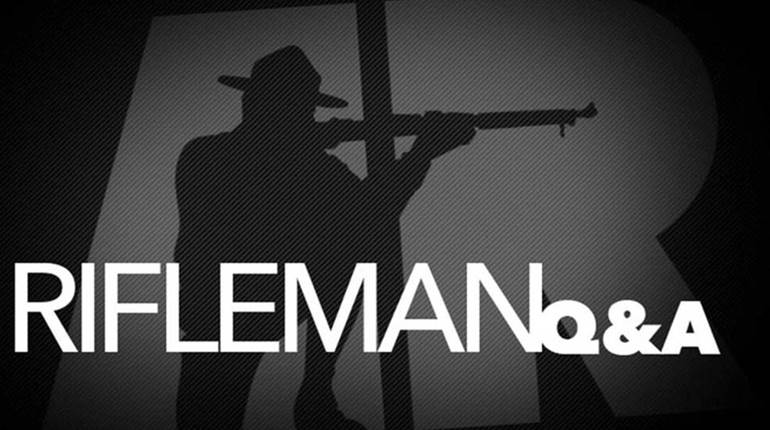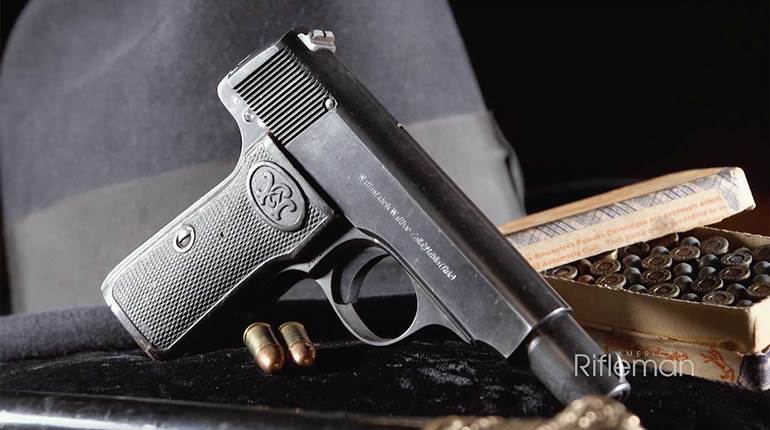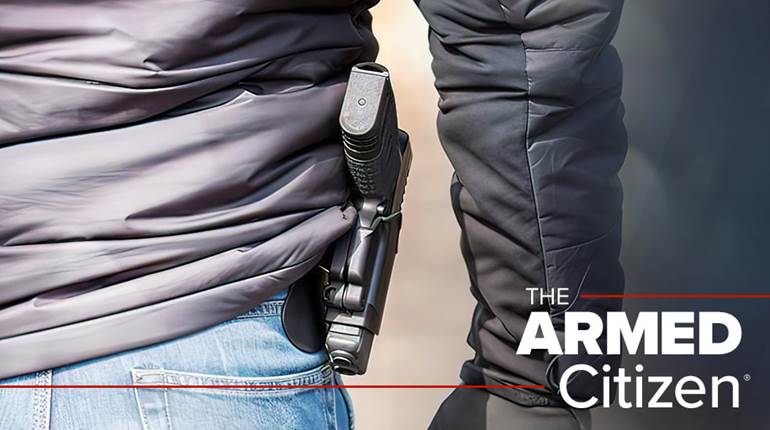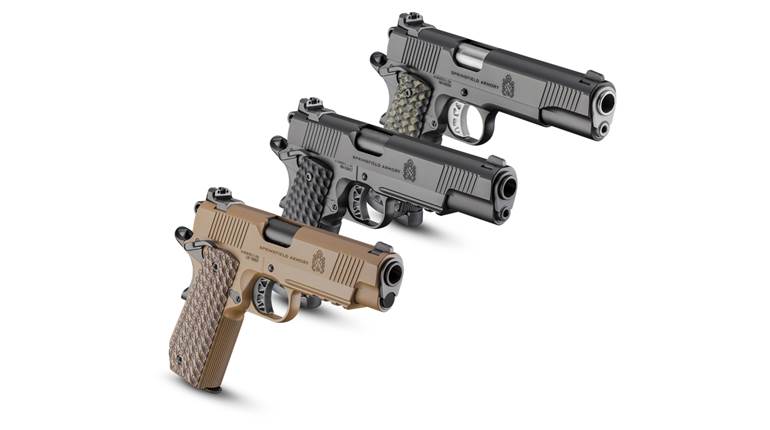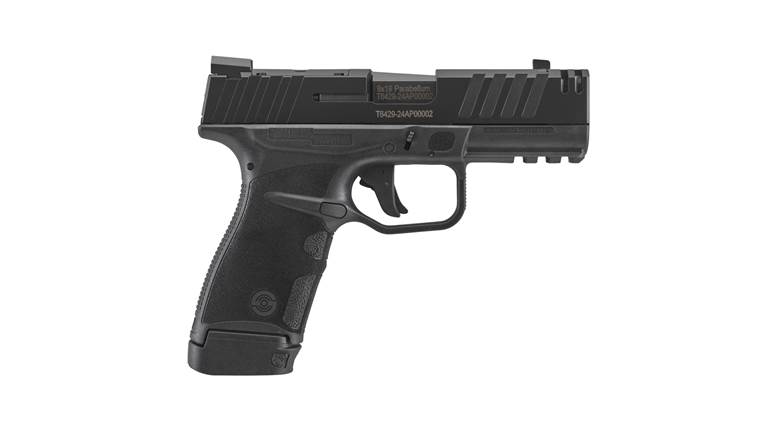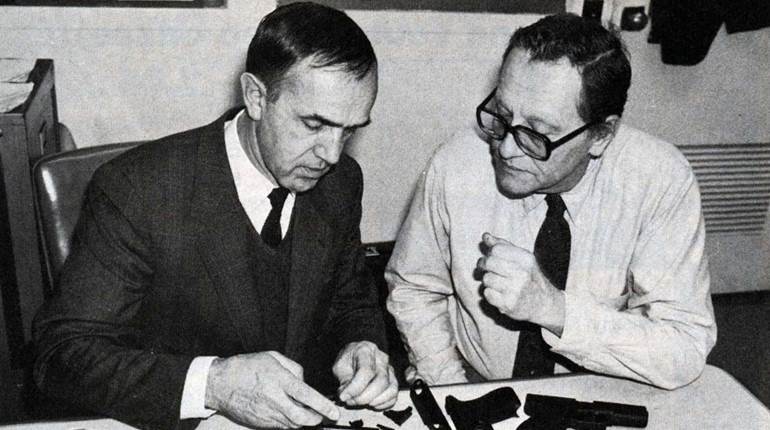
Q. How do I tell if an old or new shotgun has been “proofed”? My Italian guns seem to be covered with proofmarks—as do a couple old Belgian guns I have—but my American guns don’t seem to have any. How are guns proofed and how do you tell?
A. Proofmarks could be a story or a book themselves. In a nutshell, much can be determined about the origins and to a wide extent the date of manufacture of some shotguns just by examining the proofmarks. A good sampling of proofmarks can be found in the NRA Firearms Fact Book and elsewhere.
Older double guns will primarily carry Belgian or British proofmarks. Many inexpensive shotguns were imported from Belgium for resale in this country, and bear those proofmarks. Many British-made shotguns carry Birmingham proofmarks, with London proofing mainly found on top-of-the-line British shotguns. Over the years, British proofmarks, both Birmingham and London, have changed as the Rules of Proof changed, and often the change in marks can be used to determine during what era a particular shotgun was made.
Unlike Britain and Europe where proofing of firearms is law, in the United States proofing is left to individual manufacturers. To be sure, American-made shotguns are plenty strong, almost to a fault, and following proofing are stamped with the individual manufacturer’s proofmark. The letter “P” superimposed on the bottom of a “W” surrounded by an oval is the familiar Winchester proofmark, Remington uses “REP” within a box, etc.
Proofing involves the firing of an overload that exceeds the service pressure of any given gauge and shell length by about one-third. The cartridges used, clearly marked Proof Loads and informally called “Blue Pills” in this country, are carefully controlled, and available only to firearm manufacturers.
—John M. Taylor
This “Questions & Answers” was featured in the November 2004 issue of American Rifleman. At time of publication, "Questions & Answers" was compiled by Staff, Ballistics Editor William C. Davis, Jr., and Contributing Editors: David Andrews, Hugh C. Birnbaum, Bruce N. Canfield, O. Reid Coffield, Charles Q. Cutshaw, Charles M. Fagg, Angus Laidlaw, Evan P. Marshall, Charles E. Petty, Robert B. Pomeranz, O.D., Jon R. Sundra, Jim Supica, A.W.F. Taylerson, John M. Taylor and John Treakle.
To subscribe to the magazine, visit NRA membership page here and select American Rifleman as your member magazine.










